A rare 15th-century manuscript of the Qur’an, preserved by the people, has been handed over to the Center for Islamic Civilization
It is no secret that unique and ancient items, as well as priceless artifacts related to our cultural heritage, have been preserved not only abroad but also in the hands of local residents.
Thanks to the initiative of the Head of State, local citizens are now actively participating in the noble efforts to identify rare artifacts and return them to the Museum of the Center for Islamic Civilization in Uzbekistan.
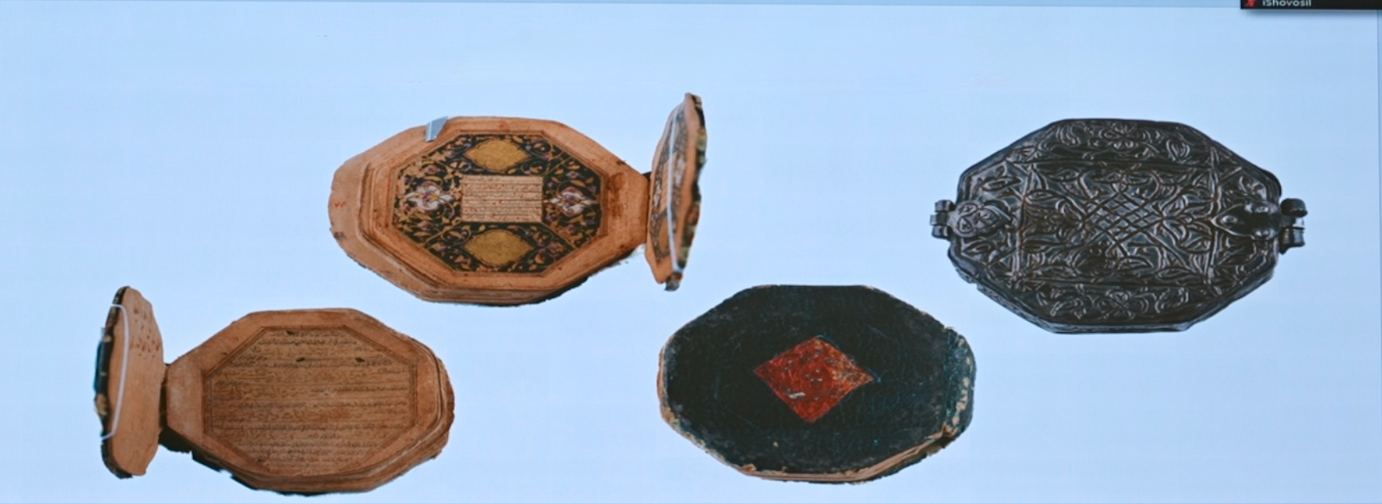
At the recent meeting of the Scientific Council, chaired by the Director of the Center, Firdavs Abdukhalikov, and attended by scholars and experts, a local citizen presented a rare miniature Qur’an manuscript for the Qur’an Hall exhibition an eight-sided talisman (bazuband) from the 15th–16th centuries, measuring 46 mm across and 13 mm thick.
While examining the manuscript, the Council members noted that each page and every letter reflected the exceptional skill and devotion of the calligrapher of that era.
Professor Bahrom Abduhalimov emphasized the extraordinary value of the Qur’an, saying:
“Transcribing a Qur’an of such a small size requires immense patience and precision. Therefore, the value of this manuscript is truly beyond measure.”
Shavkat Sultanov, head of Art Vernissage LLC, added that, according to international ISO evaluation standards, this unique Qur’an manuscript was written on Samarkand paper, with 18 lines of tightly spaced but clearly legible text on each page.
“The gold-leaf ornamentation in the center of the book radiates light, as if illuminating each page with divine brilliance.”
This small yet spiritually invaluable manuscript will now become part of the museum’s collection, serving as a national treasure for future generations.
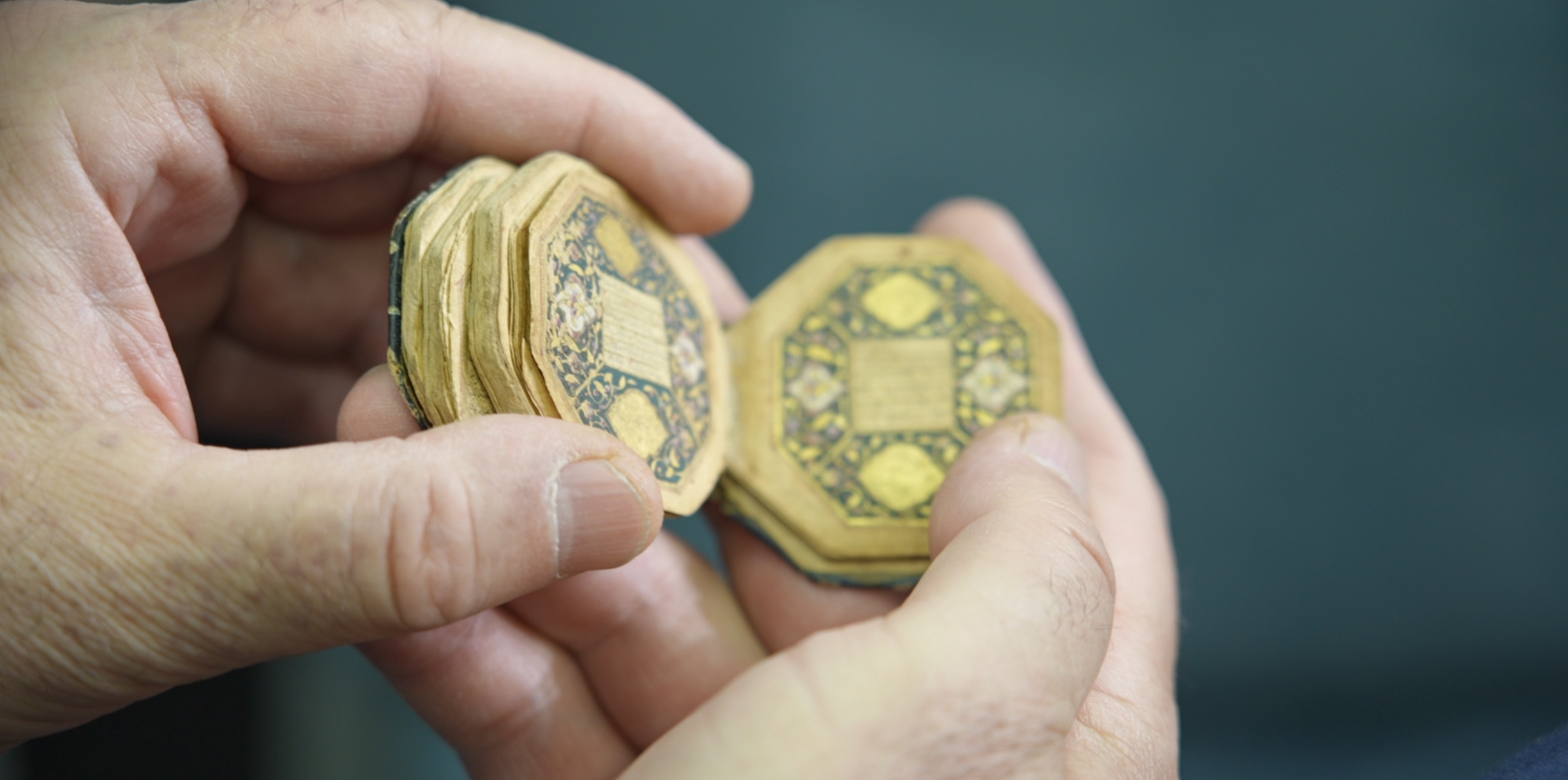
Members of the Scientific Council recognized this discovery as a significant step in preserving the nation’s cultural heritage and transmitting historical documents and sacred manuscripts to posterity. The transfer of the eight-sided talisman to the museum’s collection was praised not only as the revival of national values but also as a remarkable example of cooperation between the public and the scholarly community. The Council members emphasized that this precious artifact would occupy an honorable place in the Center’s exhibition and further reveal the development of Islamic civilization and the art of calligraphy.
Most read
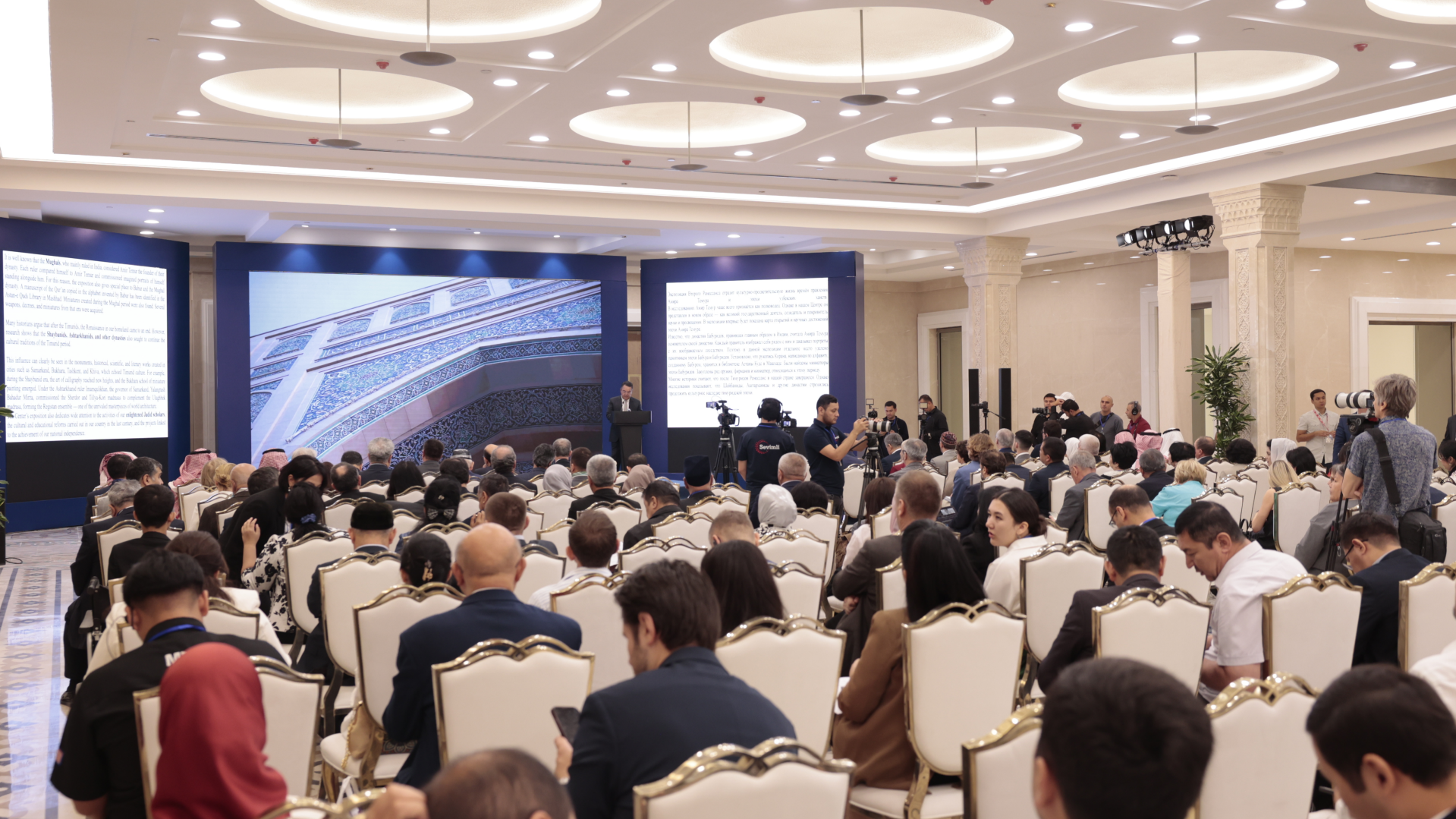
Over 100 experts from more than 20 countries of the world are in Tashkent!
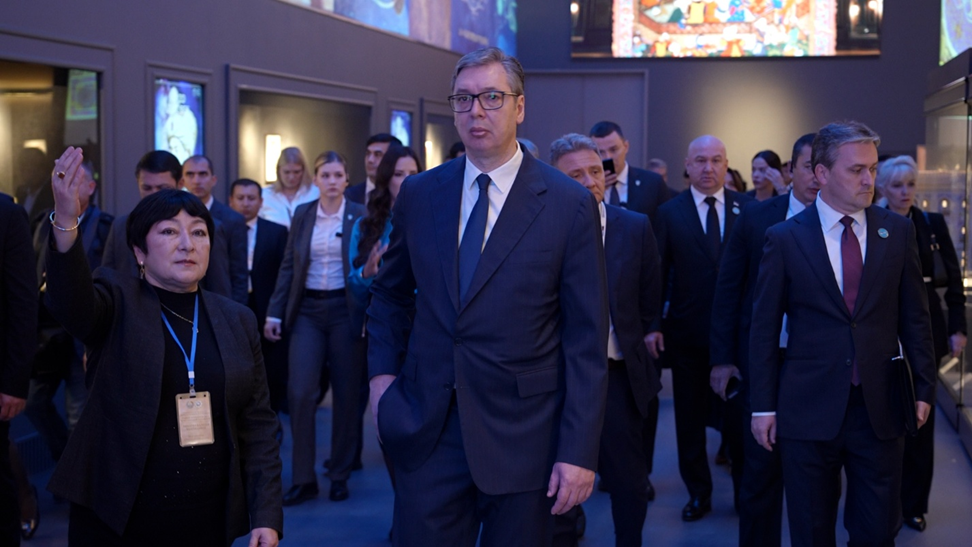
President of Serbia Aleksandar Vučić visited the Islamic Civilization Center in Uzbekistan
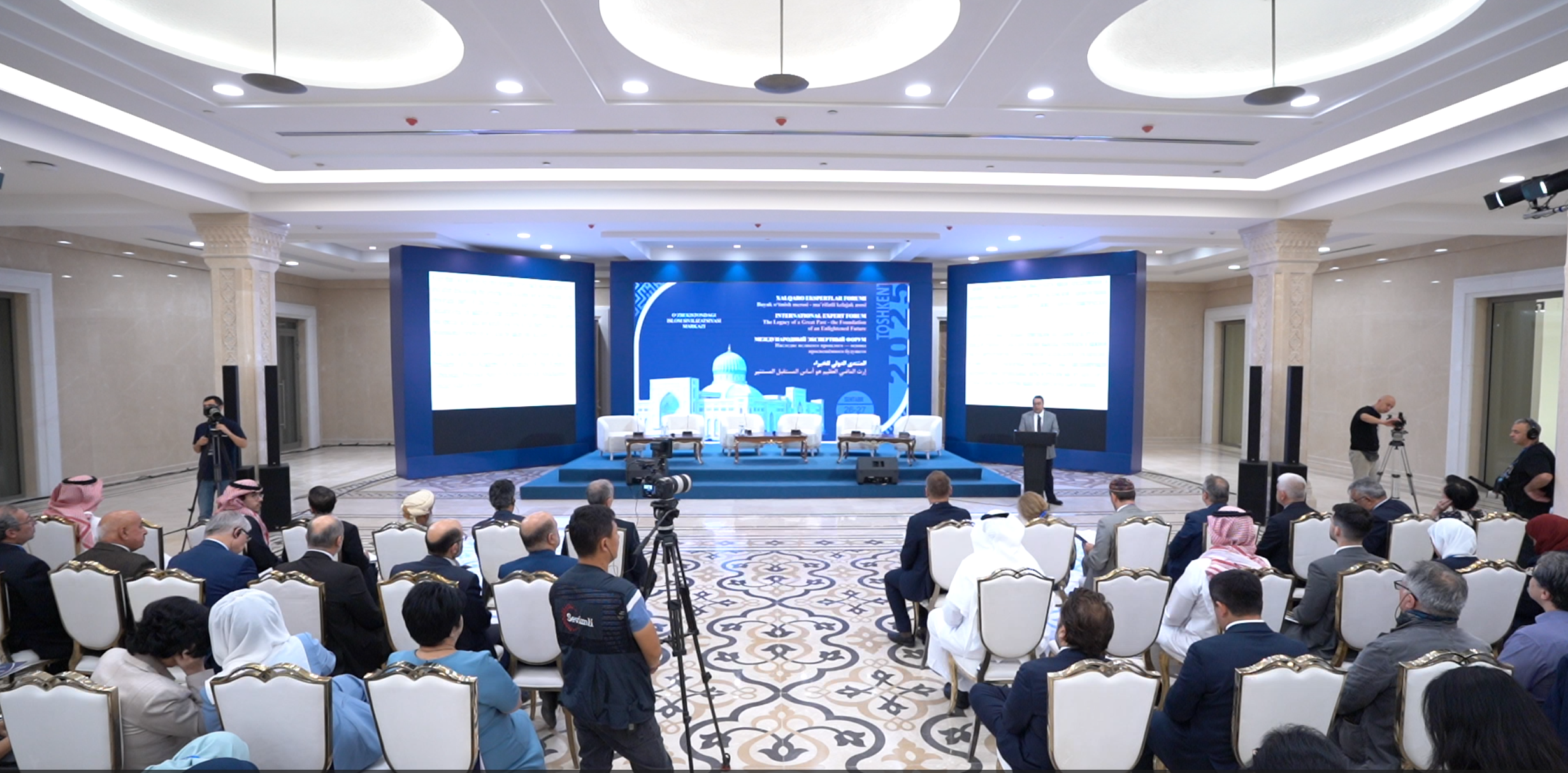
The Center for Islamic Civilization – a global platform leading towards enlightenment











